As a homeowner, dealing with financial hardships can be overwhelming. With the current pandemic, many homeowners are facing difficulties in making their mortgage payments on time. Fortunately, mortgage forbearance is an option that may help homeowners who are struggling to pay their mortgages. But is mortgage forbearance a good idea? This article aims to provide you with essential information about mortgage forbearance, its pros and cons, and other alternatives to help you make an informed decision.
Key Takeaway
By granting mortgage forbearance, lenders can help homeowners navigate through tough financial times without risking foreclosure. However, it is important for homeowners to understand that mortgage forbearance is not forgiveness, and they will eventually be required to repay the missed payments in the future. It is advisable for homeowners considering mortgage forbearance to contact their lender to discuss their options and understand the potential long-term implications of the agreement.
What does mortgage forbearance mean?
Mortgage forbearance is an agreement between the borrower and the mortgage lender, where the borrower is allowed to postpone or reduce their monthly mortgage payment for a limited period. This can provide temporary relief for homeowners facing financial difficulties.
How does mortgage forbearance work?
During the forbearance period, you are not required to make your regular mortgage payments. This means that you don't have to pay anything, or you make reduced payments, depending on the agreement you have with your lender. The forbearance period can last for a minimum of three months up to a year, depending on your situation.
What are the requirements for mortgage forbearance?
To request forbearance, you need to show that you are experiencing financial hardship that affects your ability to pay your mortgage. You may be asked to provide documentation, such as proof of income, expenses, and losses. You also need to contact your mortgage servicer as soon as possible and explain your situation.
What are the pros of mortgage forbearance?
Mortgage forbearance provides temporary relief to homeowners who are facing financial difficulties. It can help prevent foreclosure and eviction, giving homeowners the opportunity to get back on their feet financially. It can also provide time for borrowers to look for alternative solutions, such as loan modification or refinancing.
What are the cons of mortgage forbearance?
While mortgage forbearance may provide temporary relief, it doesn't eliminate your mortgage debt. The missed payments will still be due at the end of the forbearance period, and you may need to repay them in full or as part of a repayment plan. Forbearance can also affect your credit score, and lenders may report to credit bureaus that you have not made your mortgage payments on time.
How does mortgage forbearance affect your credit score?
Mortgage forbearance can affect your credit score, but it depends on how your lender reports it to the credit bureaus. If your lender reports that you are in good standing, then your credit score will not be affected. However, if your lender reports you as delinquent, or if you missed payments before entering forbearance, then it can negatively impact your credit score. Missed mortgage payments can negatively impact your credit score if they are reported to credit bureaus by your lender. This can affect your ability to get credit or loans in the future.
What are the alternatives to mortgage forbearance?
If you are struggling to keep up with your mortgage payments, there are alternatives to forbearance. One option is to refinance your mortgage with another lender. This could also result in a lower interest rate and a more manageable payment plan. You could also consider selling your property and downsizing to something more affordable, or even renting for a while until you can get back on your feet financially. It's important to speak to a financial advisor or mortgage specialist to understand all your options and the potential impact they could have on your credit score and financial future. Whatever you decide, taking action sooner rather than later can help prevent foreclosure and other serious consequences of falling behind on mortgage payments.
What is loan modification?
Loan modification is a process where the lender modifies the terms of your existing mortgage, such as the interest rate, loan term (length), or monthly payment, to make the mortgage more affordable for you. This can provide a long-term solution to your financial difficulties.
What other relief options are available for homeowners?
Other relief options for homeowners include refinancing, government-sponsored programs, and debt relief. If you are struggling to pay your mortgage, it's important to explore all available options to find the best solution for your situation.
Should I sell my home instead of applying for mortgage forbearance?
If you are struggling to pay your mortgage, selling your home may be an option to consider. However, selling your home can be a lengthy process, and it may not be the best solution for everyone. It's important to weigh your options carefully and consult with a real estate professional to determine the best course of action.
How to apply for mortgage forbearance
To apply, homeowners should contact their mortgage servicer or lender directly to inform them of their financial hardship and request forbearance. Some lenders may have an online application process, while others may require a written request. It's important to provide documentation of the financial hardship, such as proof of job loss or reduction in income.
Homeowners should also be prepared to discuss their current financial situation and their ability to resume regular payments after the forbearance period ends. The lender will review the request and provide a plan for repayment, which may involve adding additional months of payments onto the end of the loan or creating a payment plan to catch up on missed payments. It's important to note that forbearance is not forgiveness of the mortgage debt, and interest will continue to accrue during the forbearance period.
How do I know if I am eligible for mortgage forbearance?
If you are experiencing financial hardship due to the pandemic or other reasons, you may be eligible for mortgage forbearance. Contact your mortgage servicer as soon as possible to discuss your options.
What happens after my forbearance period ends?
At the end of your forbearance period, your missed payments will be due. You can either pay them in full, add them to the end of your mortgage term, or set up a repayment plan with your lender.
What is a forbearance agreement?
A forbearance agreement is a document that outlines the terms of your mortgage forbearance, including the duration of the forbearance period, the reduced or suspended amount of your mortgage payments, and the repayment plan for the missed payments at the end of the forbearance period.
What happens if I can't make my monthly mortgage payments after forbearance?
If you are unable to make your monthly mortgage payments after forbearance, your lender may initiate foreclosure proceedings, which can result in the loss of your home. It's important to make every effort to pay your mortgage or explore alternative options before it's too late.
What is the impact of mortgage forbearance on my monthly mortgage payment?
Your monthly mortgage payment may be reduced or suspended during the forbearance period, depending on the agreement you have with your lender. However, you will still owe the missed payments at the end of the forbearance period, and your regular mortgage payments may increase to cover the added cost.
The Bottom Line
In conclusion, mortgage forbearance is a temporary relief option for homeowners who are facing financial difficulties. While it may provide short-term relief, it's important to consider the pros and cons carefully and explore all available options before making a decision. Contact your mortgage lender or a real estate professional to discuss your options and find the best solution for your situation.




















